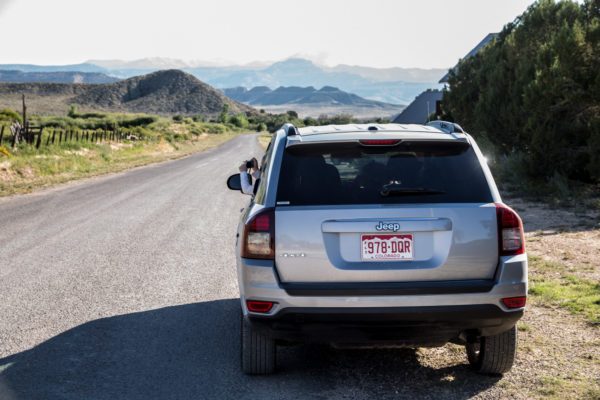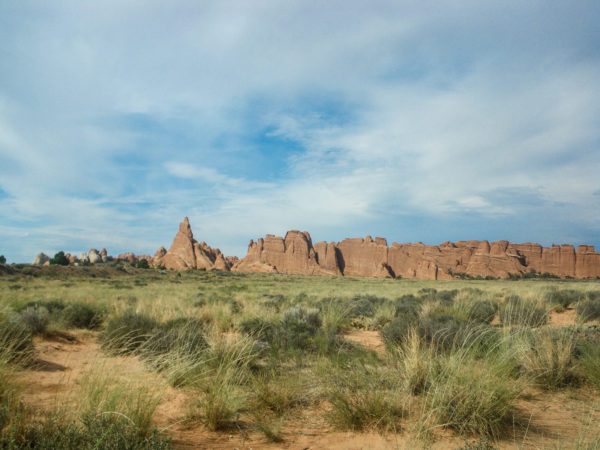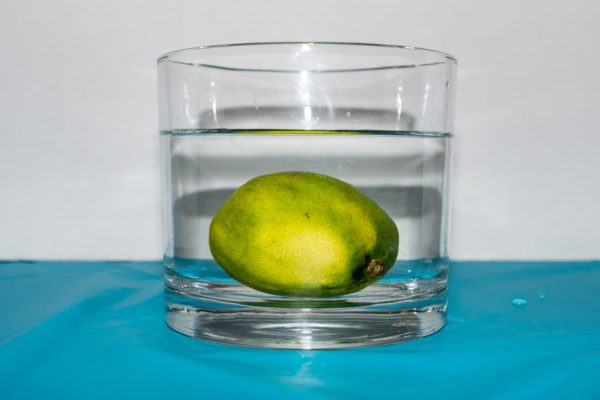Today’s children are amazingly tech-savvy. It is not uncommon to see toddlers easily swiping through puzzles and games on tablets and smartphones. Recently, my daughter began teaching me how to use Google Voice typing—something I didn’t even know was readily available on my laptop computer until she demonstrated it for me! And of course, every smart phone and tablet packs a camera, so children are being introduced to the basic concepts of photography at a much younger age than ever before: We’re talking framing, timing, and firing the virtual shutter. This is a part of their world from a very young age now. And swapping the tablets for a purpose-built camera has never been easier.
Furthermore, there’s never been a better time than now for young photographers to start exploring their world with DSLRs and mirrorless cameras: cameras that are a few generations old can be purchased for a song through the second-hand market on the outside chance you don’t already have a slightly older digital camera and lens gathering dust in a closet somewhere that’s ready to help your child explore and document their world and begin their photographic journey of discovery.
In this blog posting, we are going to offer suggestions based on our experiences and observations as writers and photographers to help you foster the love of photography in the next generations.
At what age can a child begin using a real digital camera?
This depends on what you describe as a “real digital camera.” If you are talking about a dedicated camera as opposed to a smart phone or tablet, children as young as three or four can easily be trusted with a compact waterproof camera. Many brands offer their own versions and variations of this class of camera, and a search on eBay shows lots to be found on the cheap. The key terms to search for are “water-resistant” “water-proof” and “drop-proof”.


We gave our daughter a waterproof compact camera for her to use as she pleased when she was just around three years old. This class of camera, while not actually purpose-built for the toddler set includes several critical design features that make them the ideal starter digital camera for young children.
Compact Waterproof camera features that also make them perfect for young children are:
- Locking Battery and SD card compartment: To ensure a tight seal while swimming, these cameras have a virtually kid-proof lock to keep the small battery and memory card locked inside.
- Internal zoom lens and integrated flash: No external moving or extending parts
- Water, drool, and fruit juice-proof design: if it can survive a snorkeling expedition, it can survive the occasional household accident!
- Droppable, stompable, rugged and durable: kids drop things, it is what they do. The tough class of cameras can handle it.
If you can’t find a tough camera with a locking battery/card compartment, use gaffer’s tape to seal the compartment door of any camera a younger child may be using: SD cards and batteries are definitely choking hazards. (Gaff tape is also perfect for quickly kid-proofing outlets in hotel rooms, too!)
What are some tips for introducing children to photography?
Kids are naturally curious, and are natural explorers of their world. So don’t get so hung up on your adult mind’s nuanced understanding of photographic principals and steadfast rules. Instead, do your best to set them up for success, even if this means tossing some of the grown-up rules out the window.
For example, a child isn’t going to care as much about digital noise as you are; but will definitely notice a very blurred frame; so consider cranking the ISO setting way up to ensure they will have sharp enough shots even in dodgy lighting.
If the lighting is good, turn off the flash. If the lighting is poor and flash is necessary, turn off Red-Eye Reduction pre-flashes: many times the young photographer is going to think the first flash burst captured the shot and will move the camera between the pre-shot blast and the actual capture.


Set the camera to full auto Program, the “easy modes”, and consider particular Scene modes as the conditions dictate. I know many “serious photographers” look down upon these exposure assistance modes; but sometimes, successful teaching means letting go of your own preconceptions in order to reward the student’s efforts. A four year old may not be able to grasp what a “stopped down bulb long exposure” is, but setting a compact camera on a sturdy table with a mini-tripod and switching to Fireworks mode to try to successfully capture the starburst in mid-air on her first or third try will have much more of an impact and spark that creative internal fire than all the big words and terms and settings adjustments you can manage to squeeze in.
If you are using a camera that has aperture controls, stop down F-stop a bit to give greater depth of field, particularly with any moving subjects. (Learn more about aperture control for creative photography here.)
Consider switching to a single-shot mode, instead of burst mode. Oftentimes, kids will hold the shutter button down and fire off far, far, far too many nearly identical frames!
A sturdy tripod can be a great benefit particularly to give your young assistant a shot at capturing some family portraits. Often, kids learn by imitation, and letting your child take a turn behind the camera for a holiday or family gathering portrait is a great way for them to catch the photography fever. Just be sure the tripod is set up with a wide, stable base, and lower it if necessary from where you’d normally position it.

When it comes to DSLR and mirrorless cameras, here are some suggestions for getting started:
Small hands, small cameras: An entry level APS-C sensor DSLR or compact mirrorless camera is a better starter option than some giant full-frame pro caliber behemoth of a camera!
All-in-one lenses offer a lot of versatility: wide to supertele plus close-up without changing lenses is nice!
Compact prime lenses offer simplicity: opposite of the above, but a compact prime removes one variable, which can simplify the through-the-lens experience.
Is my child ready to hand-hold a DSLR or mirrorless camera?
Here are some questions to consider to determine if your young child is ready for an interchangeable lens camera, be it a DSLR or a compact Mirrorless camera.
Does the child show a genuine interest in making photographs? While it is true that many children are inspired by the hobbies of their parents, grandparents and older siblings, are they genuinely interested? Foisting or projecting your love of photography onto an unwilling child may not be beneficial.
Does the child follow instructions consistently enough to hold and frame photographs without losing interest and/or dropping the camera? A good way to think about this is by comparing it to baking cookies from scratch with a child. Are they following along with each step, or getting distracted and disinterested as you move through Step 2, 3, and 4 in the recipe.
Does the child have the physical dexterity to hold the specific camera, frame and compose the image, and press the shutter button, either through the viewfinder or LCD screen? I strongly suggest testing this at home, either on deep carpet or soft grass in the backyard, rather than along a rocky trail!
If the answer to most of these questions are “YES!”, then your child or grandchild may be ready to start experimenting with an interchangeable lens camera. Follow their lead—are they asking you for a turn to use your camera? Are they showing an interest in not only observing, but also documenting their world?


Look for the intersections of their other interests and projects. For example, my daughter was particularly interested in creating her own documentary photos for her first grade Science Fair Project, so we worked together to set up a micro four thirds camera and 19mm lens to make it happen. She also loves to make portraits of her stuffed animal friends, both solo and in groups, and can spend hours posing and photographing them—when she’s in the mood. One of her friends uses his camera to document his amazing Lego creations—let them discover the natural interplay of photography and their other interests. To many a child, the far corner of the backyard or the county park’s petting zoo may be as exciting and intriguing a location to explore as the grandest regional zoo or National Park.
Most of all, let it be fun. Teach some tips when you can; but let them discover and learn, review and reshoot, and they’ll be well on their way to discovering just how amazing and rewarding photography can be!


